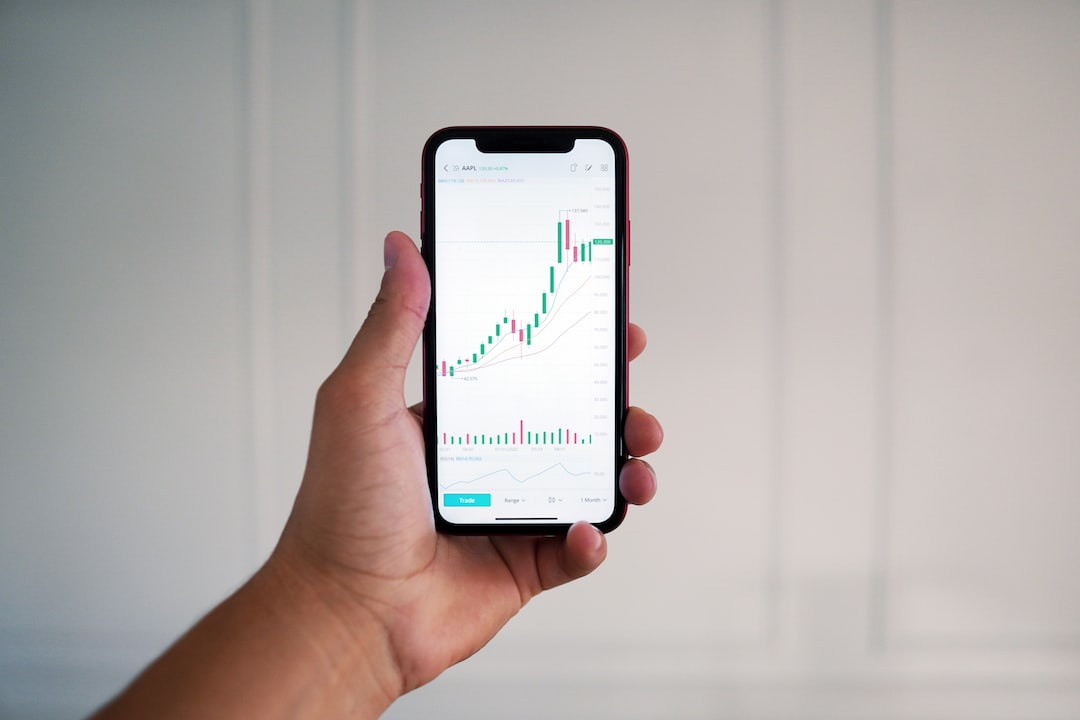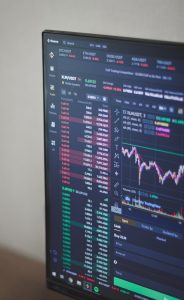The foreign exchange market, also known as forex, is a decentralized global market where currencies are traded 24 hours a day, five days a week. The forex market is divided into three major trading sessions: the Asian session, the European session, and the US session. Each session has its unique characteristics and trading patterns. In this article, we will explore whether the US session in forex follows what happens in the Asian session.
The Asian session in forex starts at 11:00 PM GMT and ends at 8:00 AM GMT. This session is dominated by the Tokyo and Singapore markets. The Asian session is considered to be the quieter session in terms of trading activity compared to the European and US sessions. The Asian session is known for its low volatility, and the trading ranges of currency pairs are usually narrow. The low volatility is attributed to the fact that most of the major banks and financial institutions in the world are closed during this session. The Asian session is also characterized by the release of economic data from Japan, China, and Australia, which can have a significant impact on the currency pairs involving these currencies.
On the other hand, the US session in forex starts at 1:00 PM GMT and ends at 10:00 PM GMT. This session is dominated by the New York market, which is considered to be the largest and most liquid market in the world. The US session is known for its high volatility, and the trading ranges of currency pairs are usually wider compared to the Asian session. The high volatility is attributed to the fact that most of the major banks and financial institutions in the world are open during this session. The US session is also characterized by the release of economic data from the US, which can have a significant impact on the currency pairs involving the US dollar.
So, does the US session in forex follow what happens in the Asian session? The answer is not straightforward. While there is some correlation between the two sessions, the US session does not necessarily follow what happens in the Asian session. The Asian session is considered to be the least influential session in terms of trading activity, and its impact on the US session is limited. However, some events that occur during the Asian session can have a significant impact on the currency pairs involving the currencies of Japan, China, and Australia.
One of the events that can have a significant impact on the US session is the release of economic data from China. China is the world’s second-largest economy, and its economic data can have a significant impact on the global economy. The release of economic data from China during the Asian session can cause volatility in the currency pairs involving the Australian dollar, which is heavily influenced by the Chinese economy. The volatility in the Australian dollar can spill over to the US session and affect the currency pairs involving the US dollar.
Another event that can have a significant impact on the US session is the Bank of Japan’s monetary policy decision. The Bank of Japan’s monetary policy decision can have a significant impact on the Japanese yen, which is one of the major currencies in the forex market. The impact of the Bank of Japan’s monetary policy decision can spill over to the US session and affect the currency pairs involving the US dollar.
In conclusion, the US session in forex does not necessarily follow what happens in the Asian session. While there is some correlation between the two sessions, the impact of the Asian session on the US session is limited. However, some events that occur during the Asian session can have a significant impact on the currency pairs involving the currencies of Japan, China, and Australia. Traders should keep an eye on the events that occur during the Asian session to anticipate any potential impact on the US session.





